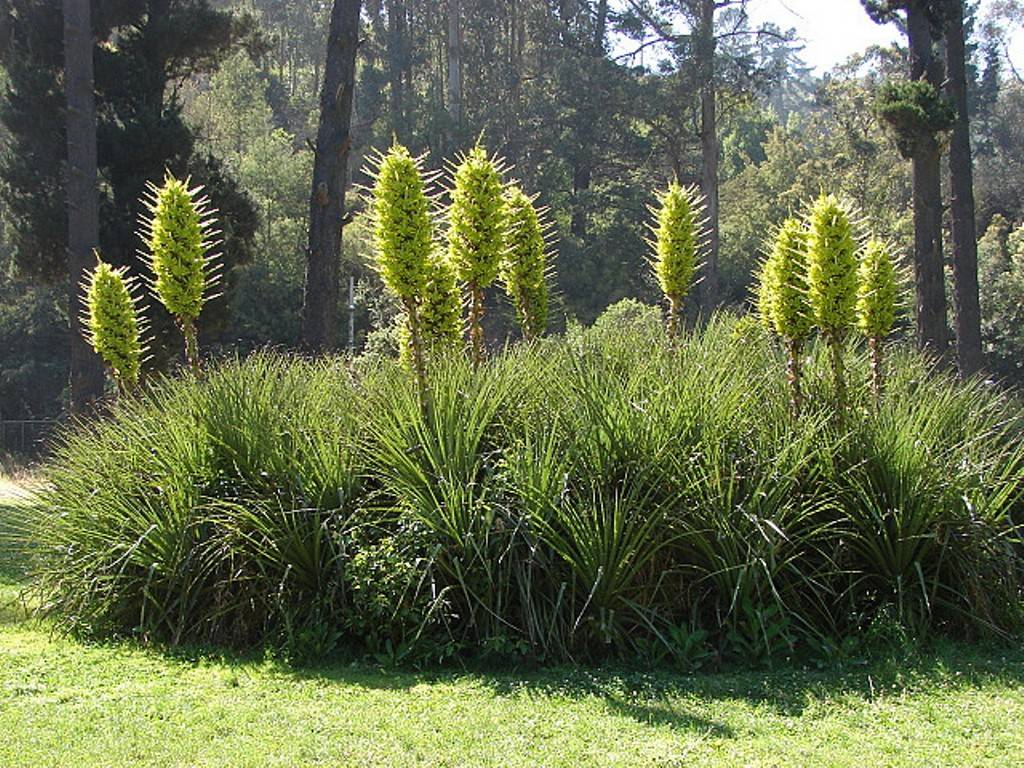
You might have heard or seen carnivorous plants that eat insects, but do you know about “sheep-eating” plant? Well, this plant is making headlines in the Andes region in Chile for flowering for the first time since it was planted in an outdoor area in Surrey 10 years ago.
This plant has deadly features. And there is an interesting reason why it is called “sheep eating.” Keep reading to know what this plant is and does it really eat sheep?
The plant we are talking about is Puya Chilensis. It is generally found in the Andes region of Chile. This particular plant in question was planted a decade ago. Now, it has flowered, proudly showing a spike of bright flowers that soar upto 3 meters. The plant is at the garden of the Royal Horticultural Society (RHS) in Surrey.
But does the plant eat sheep?
The curator of RHS Wisley, Matthew Pottage said, “There’s no physical chewing up of sheep. In their native environment they form huge big hummocks of these big thorny leaves. So any grazing animal nearby, could be a sheep because they've obviously got a lot of fur, goes in for shelter and shade from sun and then has the ability to basically get stuck.
"They've got all these big backwards facing barbs so anything that's stuck in there, stays there, decomposes, but then feeds and fertilizes the plant," he added.
A rare occurrence
Flowering of Puya Chilensis is rare in the UK, as this species of plant usually flowers in a dry and warm climate. This plant can take up to 20 years to bloom, but this one in Surrey is just about 12 years old.
As Pottage added, "It's generally not something that grows through the winter in this part of the country successfully, so for it to be growing here and flowering here is something that we're quite proud of."
Pottage also said, “With a changing climate, experts believe the UK landscape could begin to look a lot more exotic in the future. If we keep going as we are, it is these moments of extreme weather, we've obviously just had a very extreme heatwave, and it's that kind of heat that is promoting these plants to flourish and do well.”
"They've put on a lot of growth and that helps them survive cooler periods in the winter time as well. So if we carry on with the current trends, this thing I dare say will be a thing of the future," he further said.
To know more about Puya Chilensis plant, stay tuned to Krishi Jagran.
Coming soon...Wonderful features of Puya Chilensis.
















